With 232 pages and an expanded 12″ by 12″ format, our biggest print issue yet celebrates the people, places, music, and art of our hometown, including cover features on David Lynch, Nipsey Hussle, Syd, and Phoebe Bridgers’ Saddest Factory Records, plus Brian Wilson, Cuco, Ty Segall, Lord Huron, Remi Wolf, The Doors, the art of RISK, Taz, Estevan Oriol, Kii Arens, and Edward Colver, and so much more.
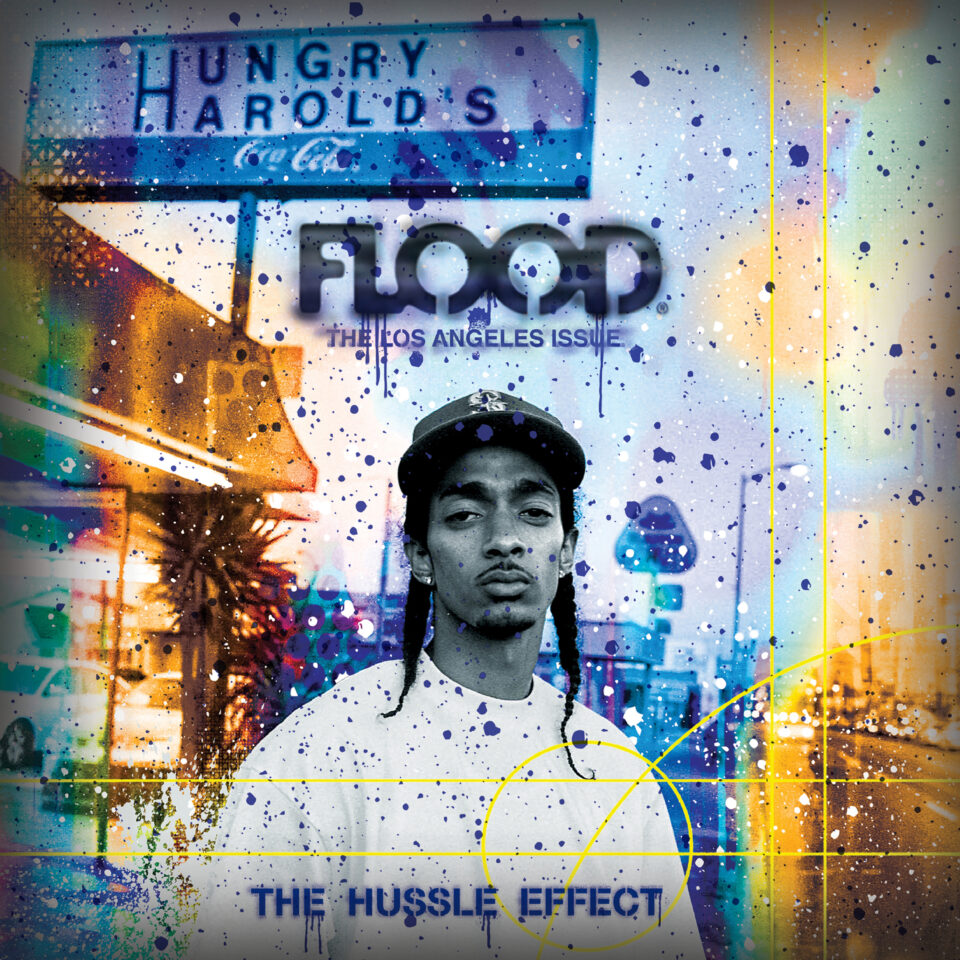
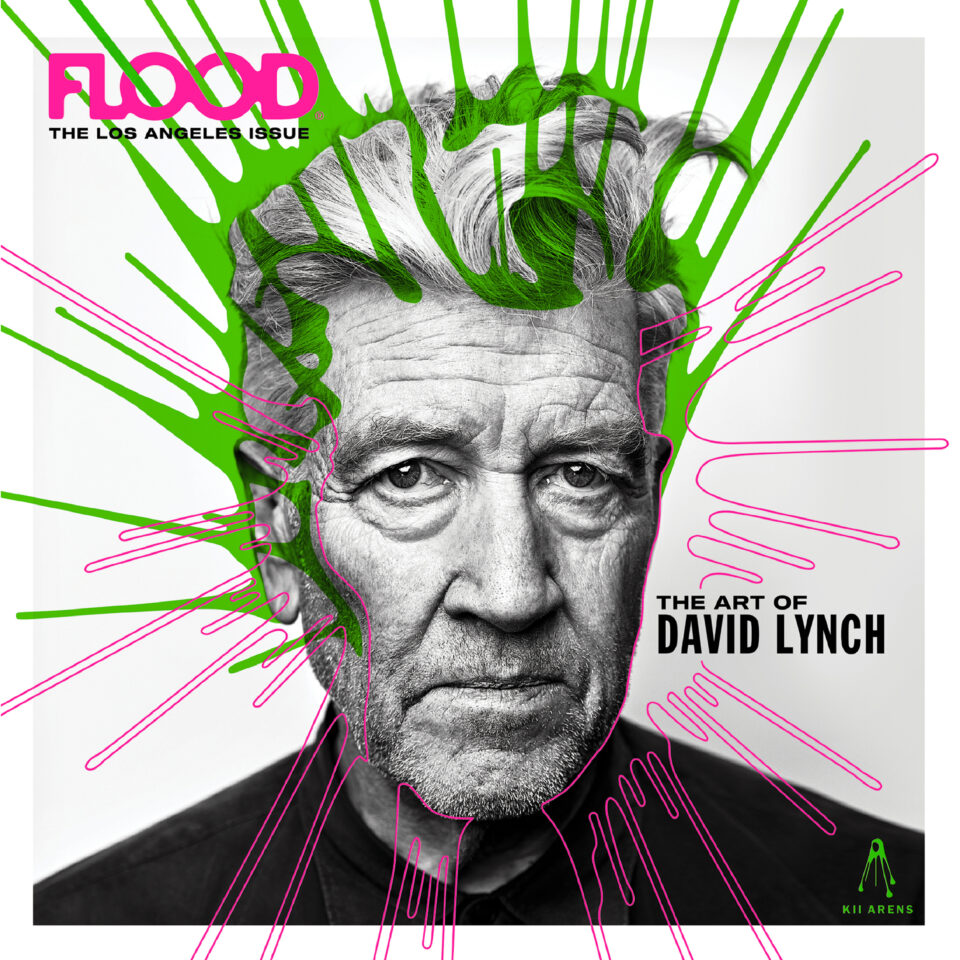
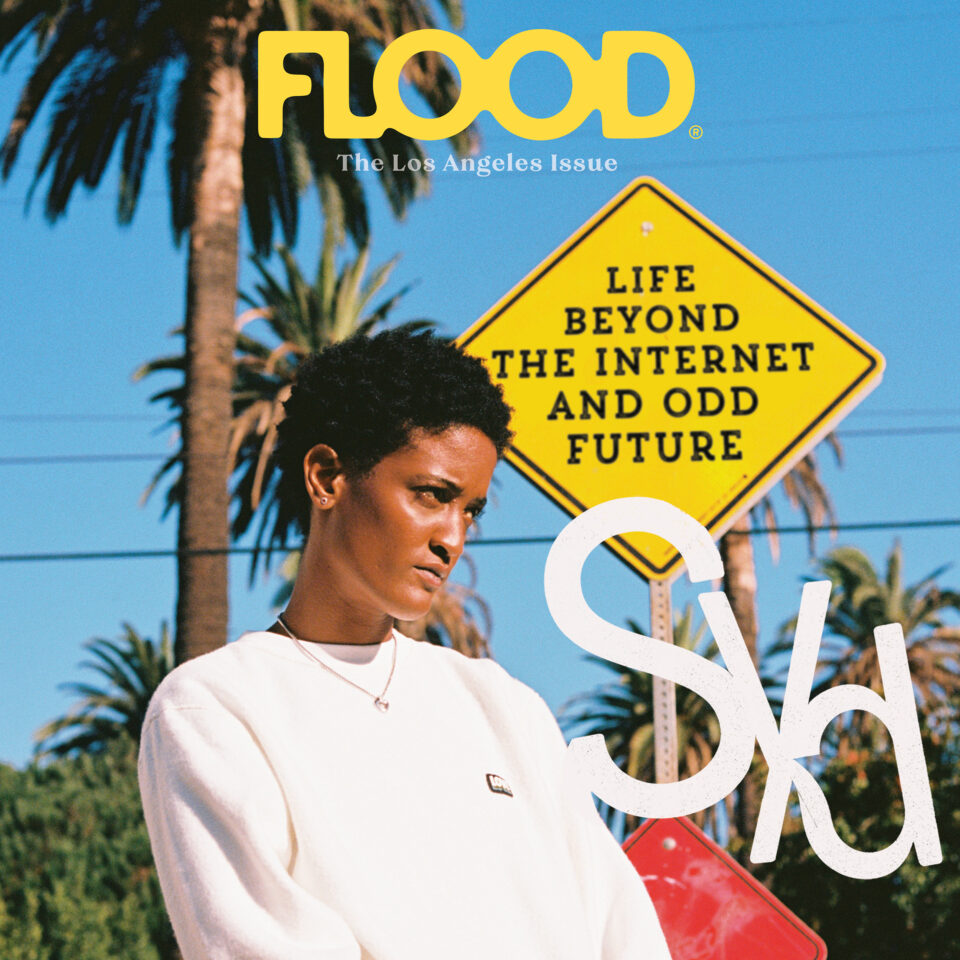
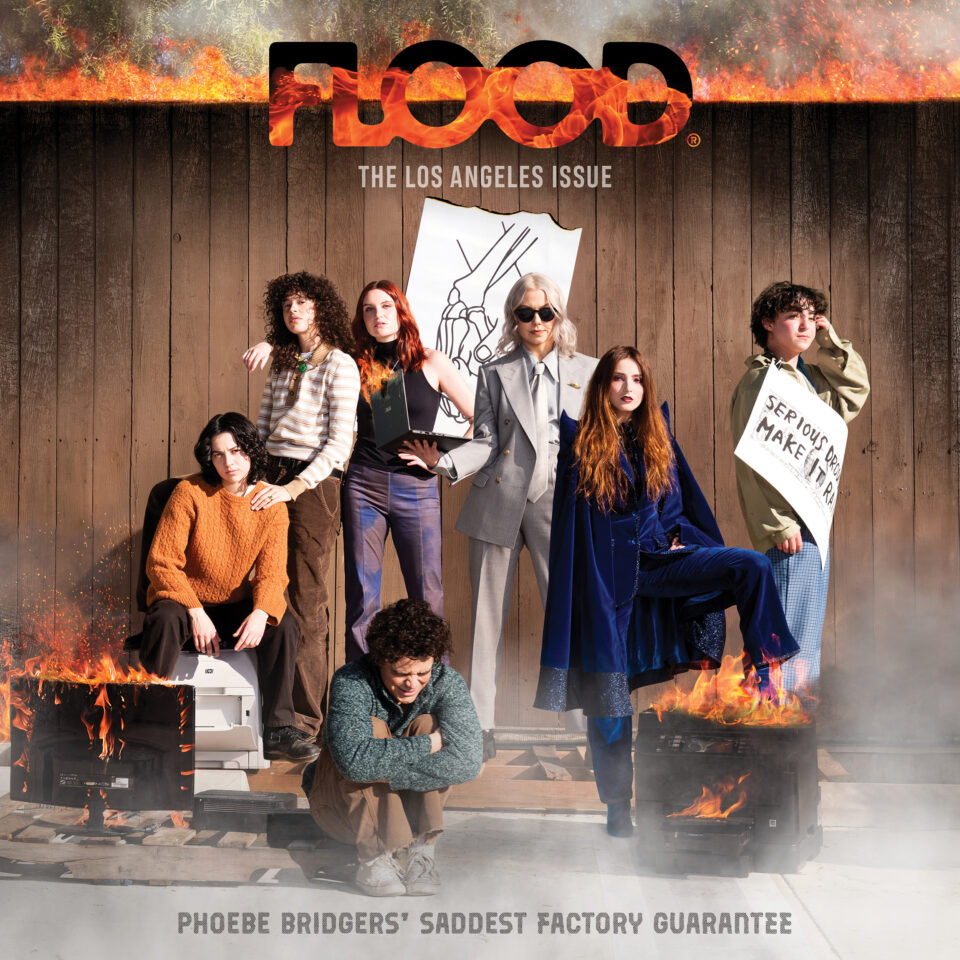
Photo by Michael Muller. Image design by Gene Bresler at Catch Light Digital. Cobver design by Jerome Curchod.
Phoebe Bridgers makeup: Jenna Nelson (using Smashbox Cosmetics)
Phoebe Bridgers hair: Lauren Palmer-Smith
MUNA hair/makeup: Caitlin Wronski
The Los Angeles Issue

Florence + the Machine, Everybody Scream
After recent big swings across the pop plate, Florence Welch’s gothic sixth album gets cerebral and probing as the songwriter proves herself to be more in touch with her emotions.

Chat Pile & Hayden Pedigo, In the Earth Again
Destruction and decay may be the themes explored by the unlikely collaboration of a noise-rock band and a folk guitarist, but instrumentally, they make it sound beautiful, lush, and gentle.
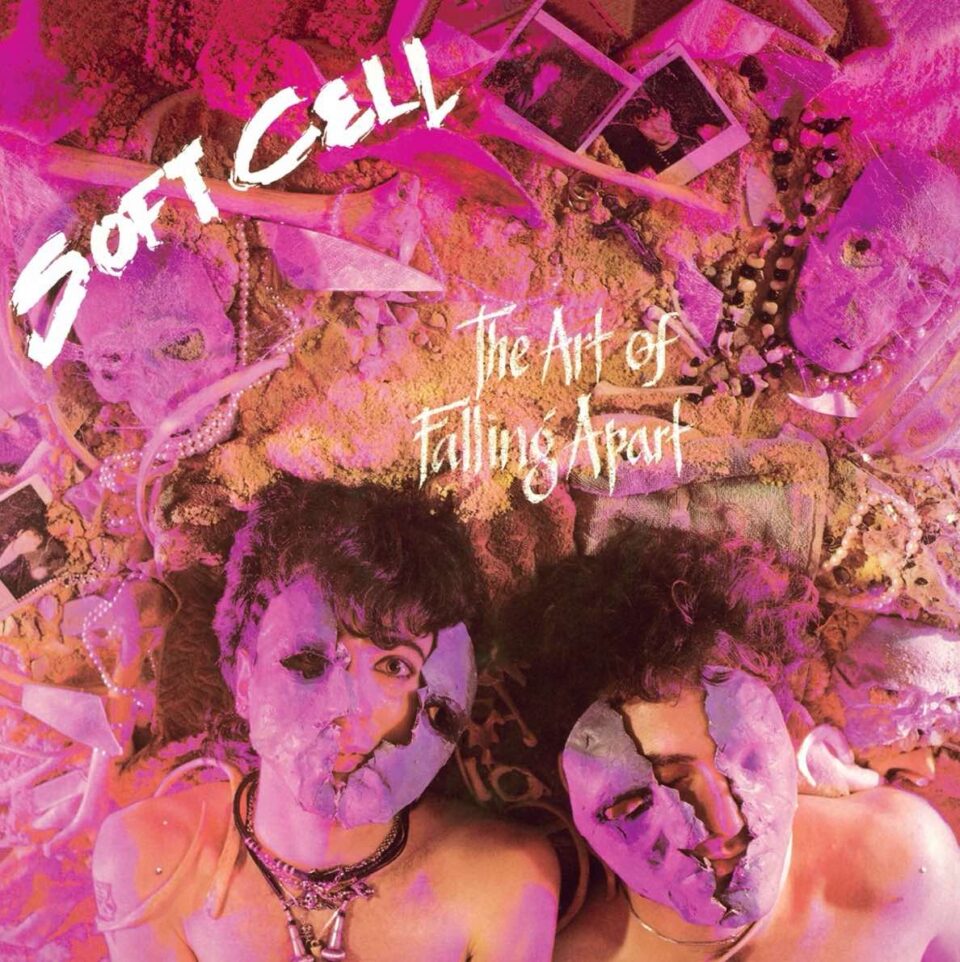
Soft Cell, The Art of Falling Apart [Super Deluxe Edition]
This six-disc collection expands upon the aggression, industrialism, and pernicious lyrics of the duo’s 1983 LP—a revenge, of sorts, on becoming pin-up darlings of the British new wave.
Sean Fennell
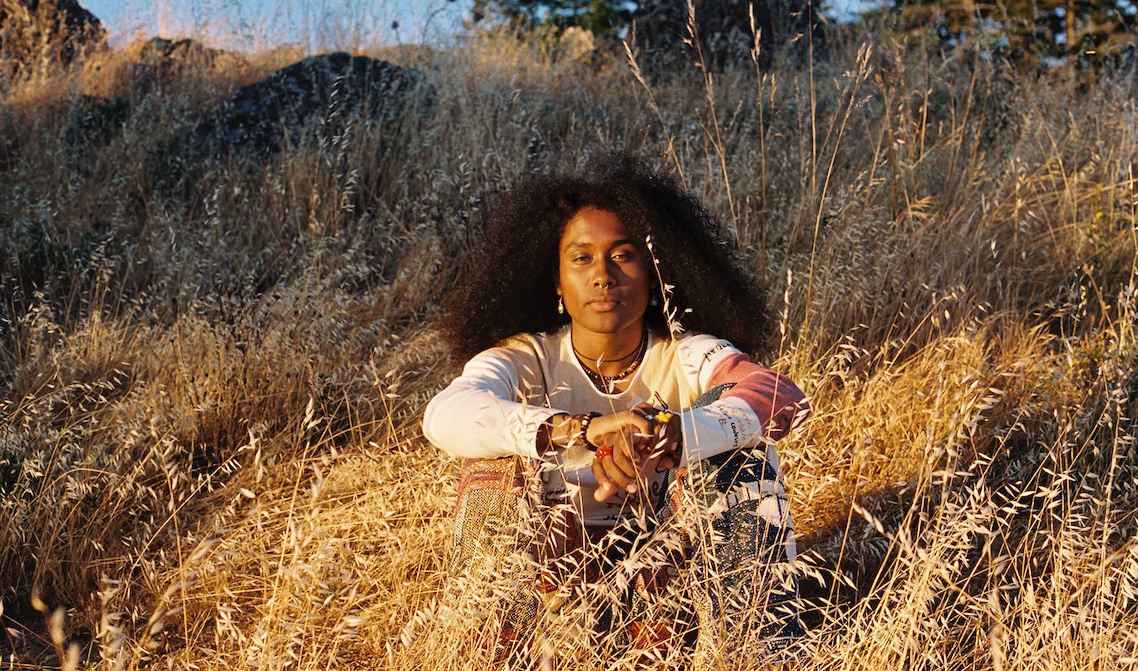
Aryeh discusses the overnight success of “Stella Brown,” how the track shaped his vision for the new album, and the ways in which he creates his own scene.
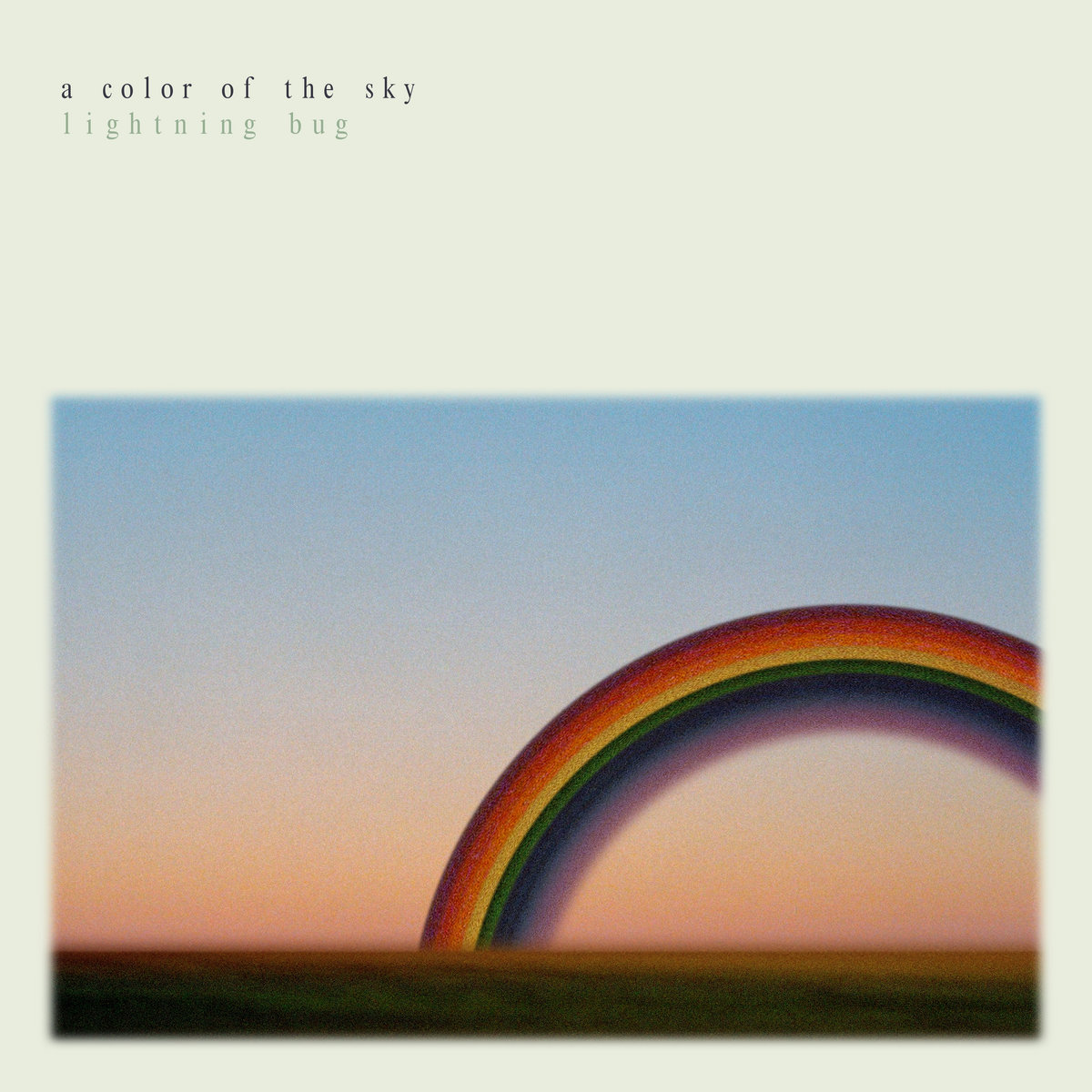
The dream pop group’s third album finds beauty in quiet and noise, the natural and the otherworldly, change and acceptance.

Revisiting one of the most unlikely hit records of the early 2000s.

With 2003’s “Stacy’s Mom”–toting LP getting a Real Gone Music reissue, we revisit the power-pop group’s uncool and understated third release.
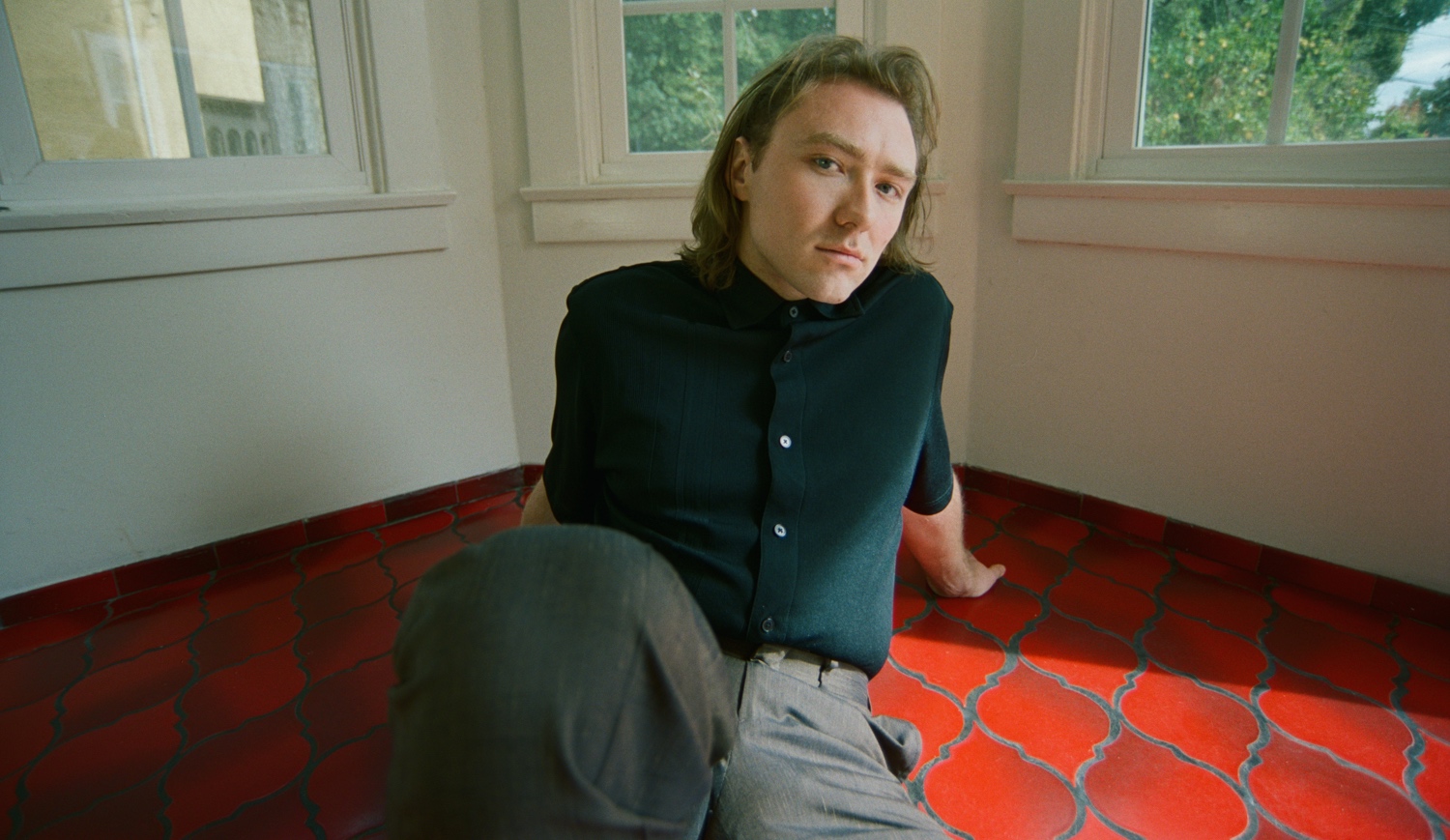
Rattigan discusses his most collaborative solo album yet, as well as the catharsis of defeating his own personal Pennywise the Clown.

Their 12th record tries to reach a singular vision, but it’s hard not to hear the many voices attempting to roar as one.

“How Many Times” is pristine—you half expect the record to come with 3 fingers of bourbon and a cool summer breeze.
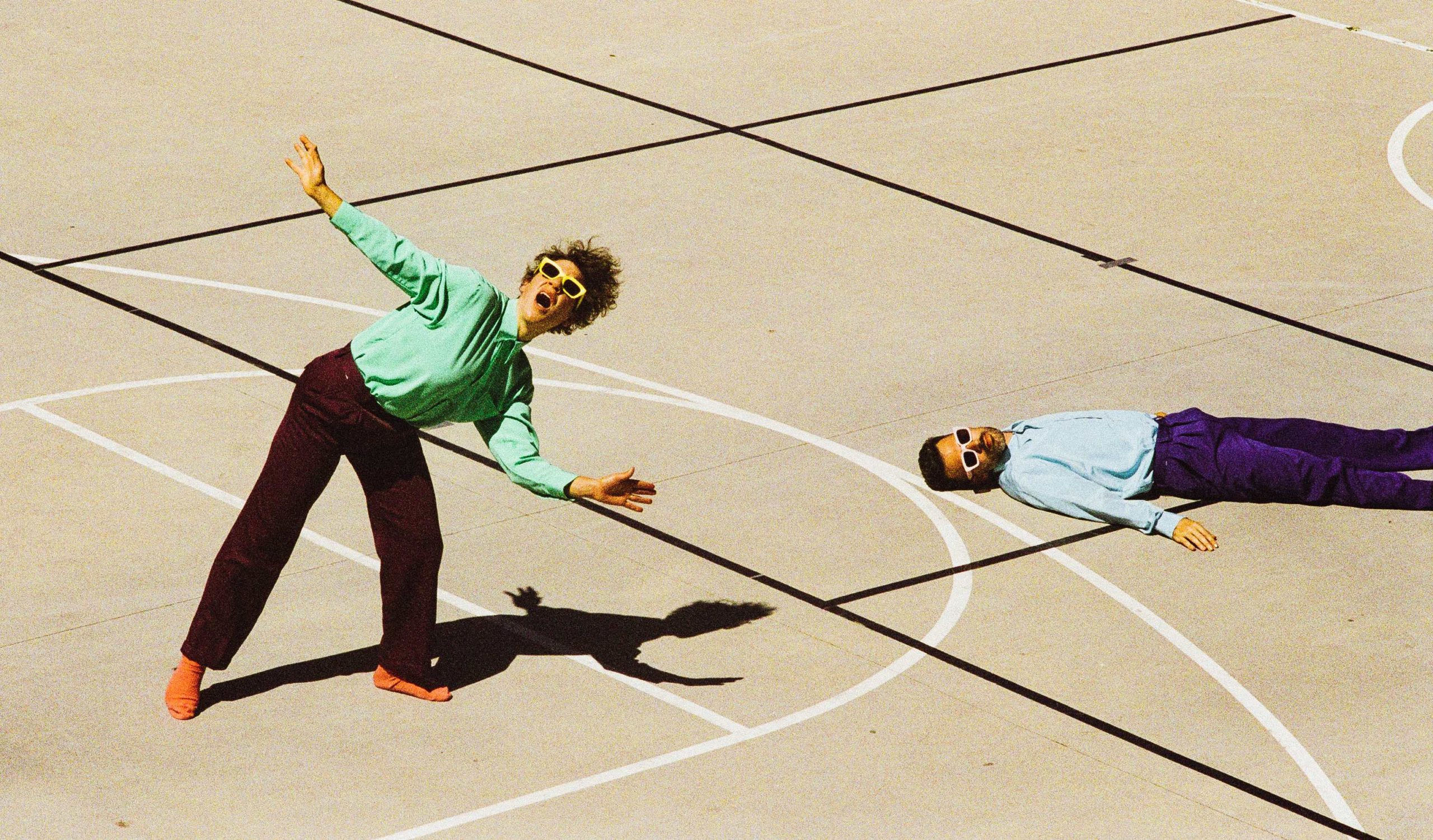
Merrill Garbus on the uncomfortable conversations and creative choices that characterize the band’s fifth album.
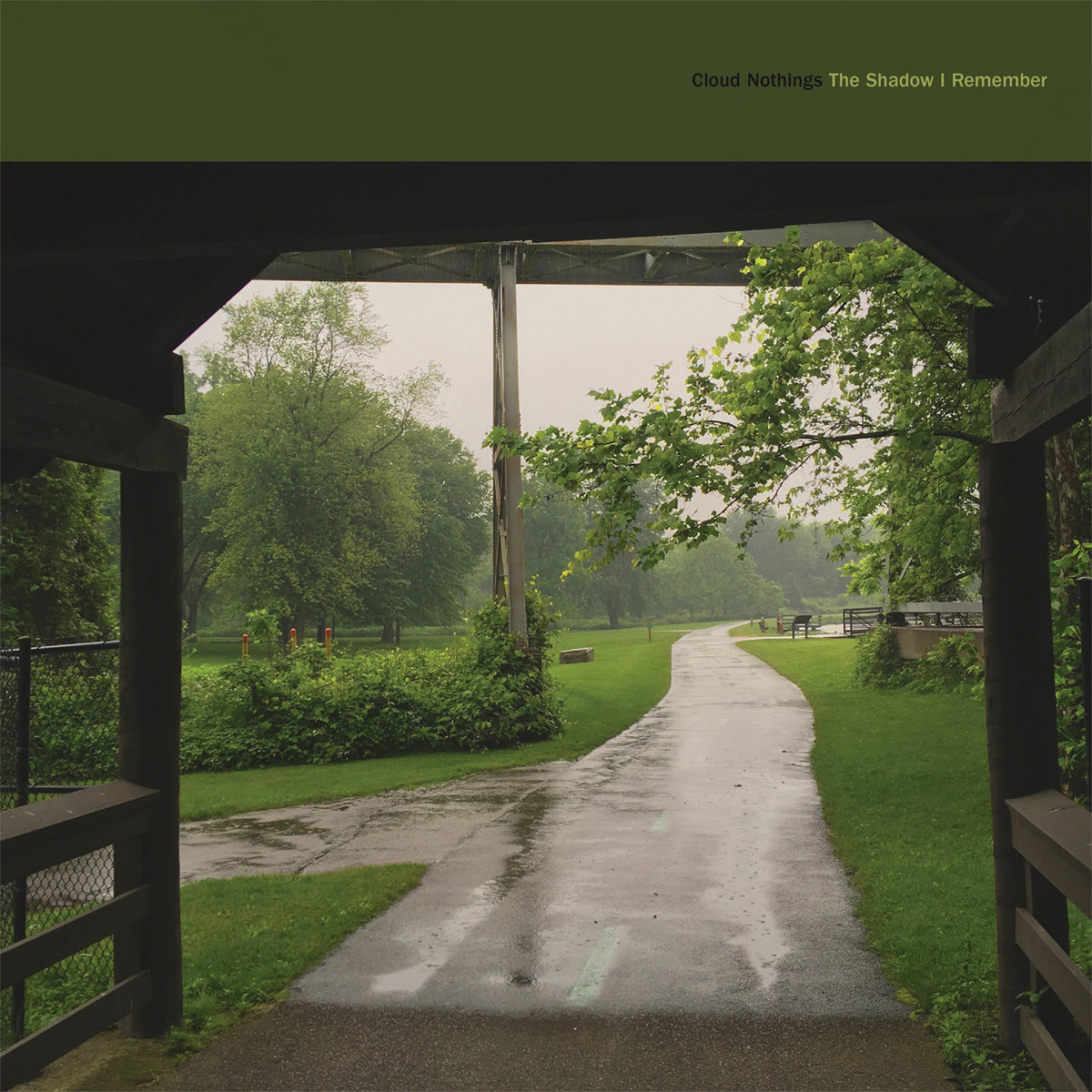
The band’s 7th LP is a wily repurposing of former selves while, at the same, whittling away what no longer fits.
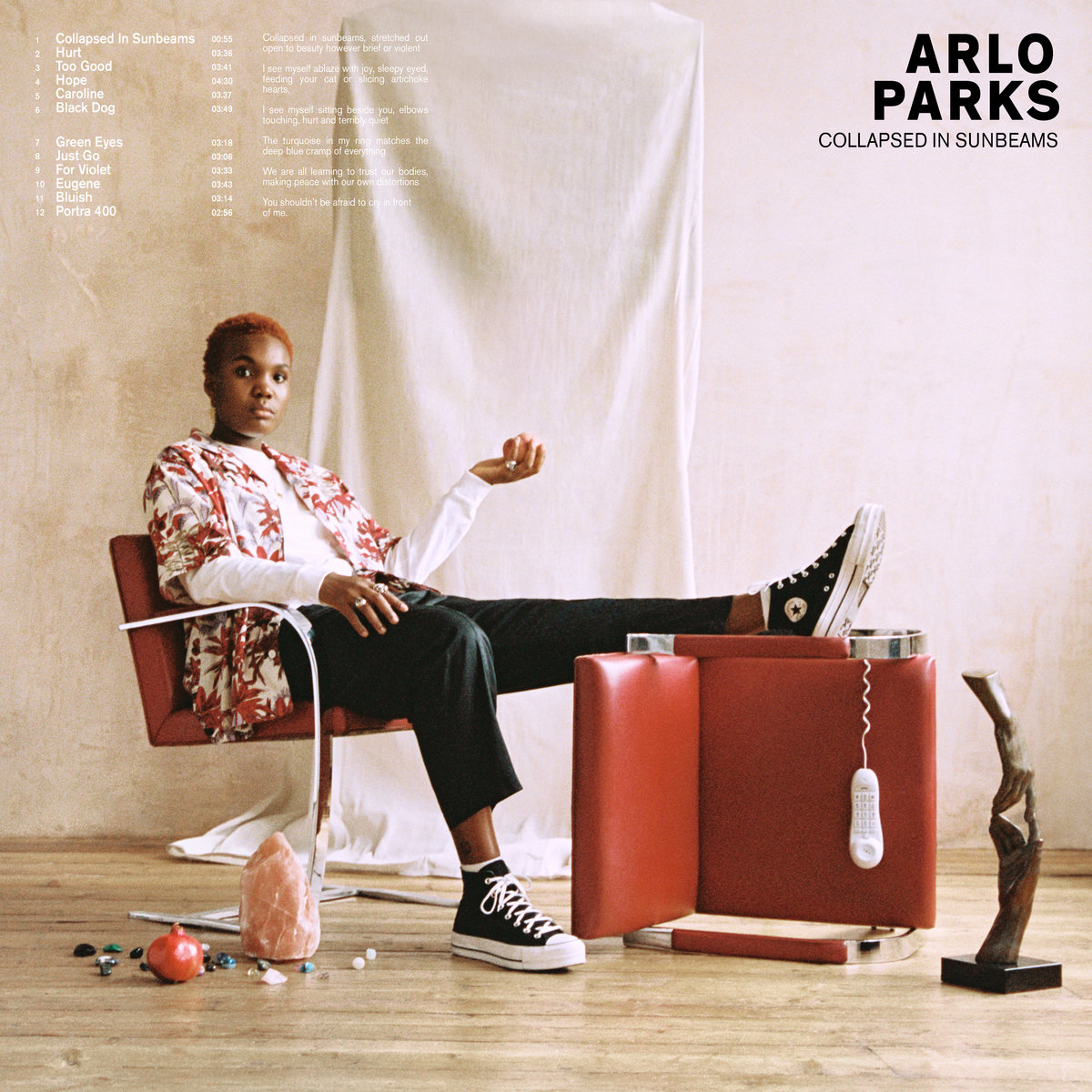
The London songwriter is able to achieve a collision of cool and gut-wrenching that is all her own.
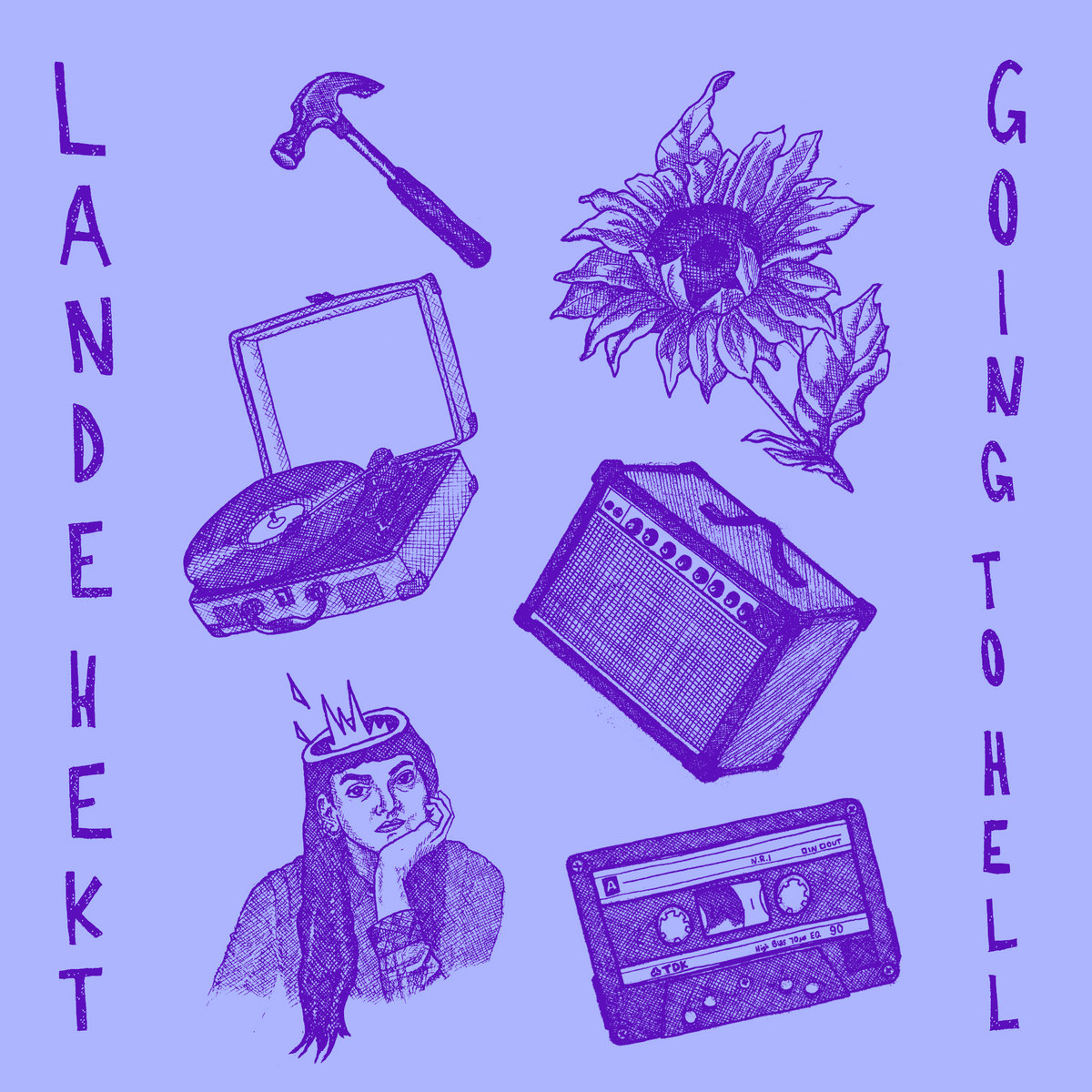
The Muncie Girls songwriter finds much more fertile ground in the internal on her solo debut.

This self-titled LP is a record of hits, misses, and left-field bangers—but it’s Shamir’s and Shamir’s only.
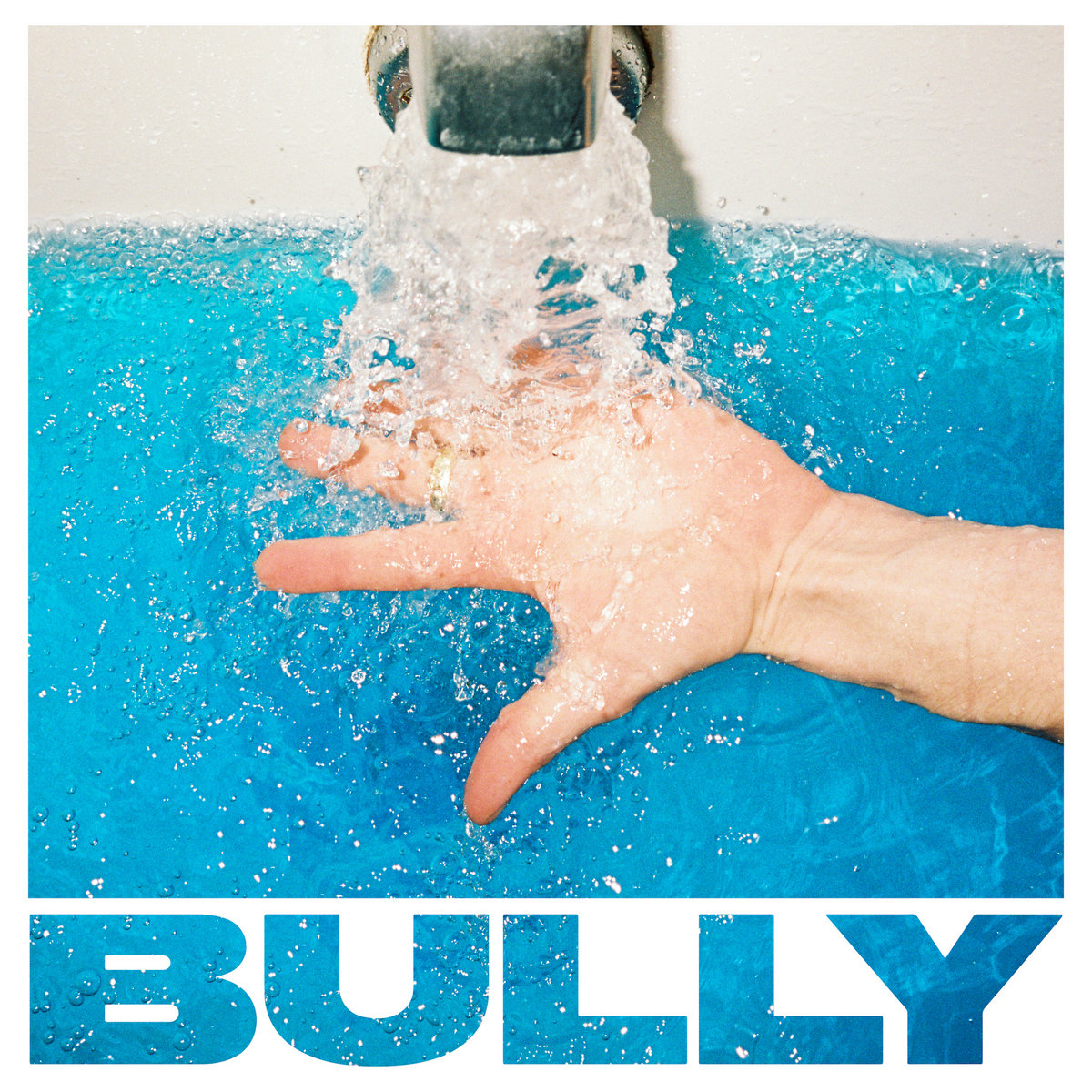
Alicia Bognanno’s third LP benefits from a newfound willingness to let go.
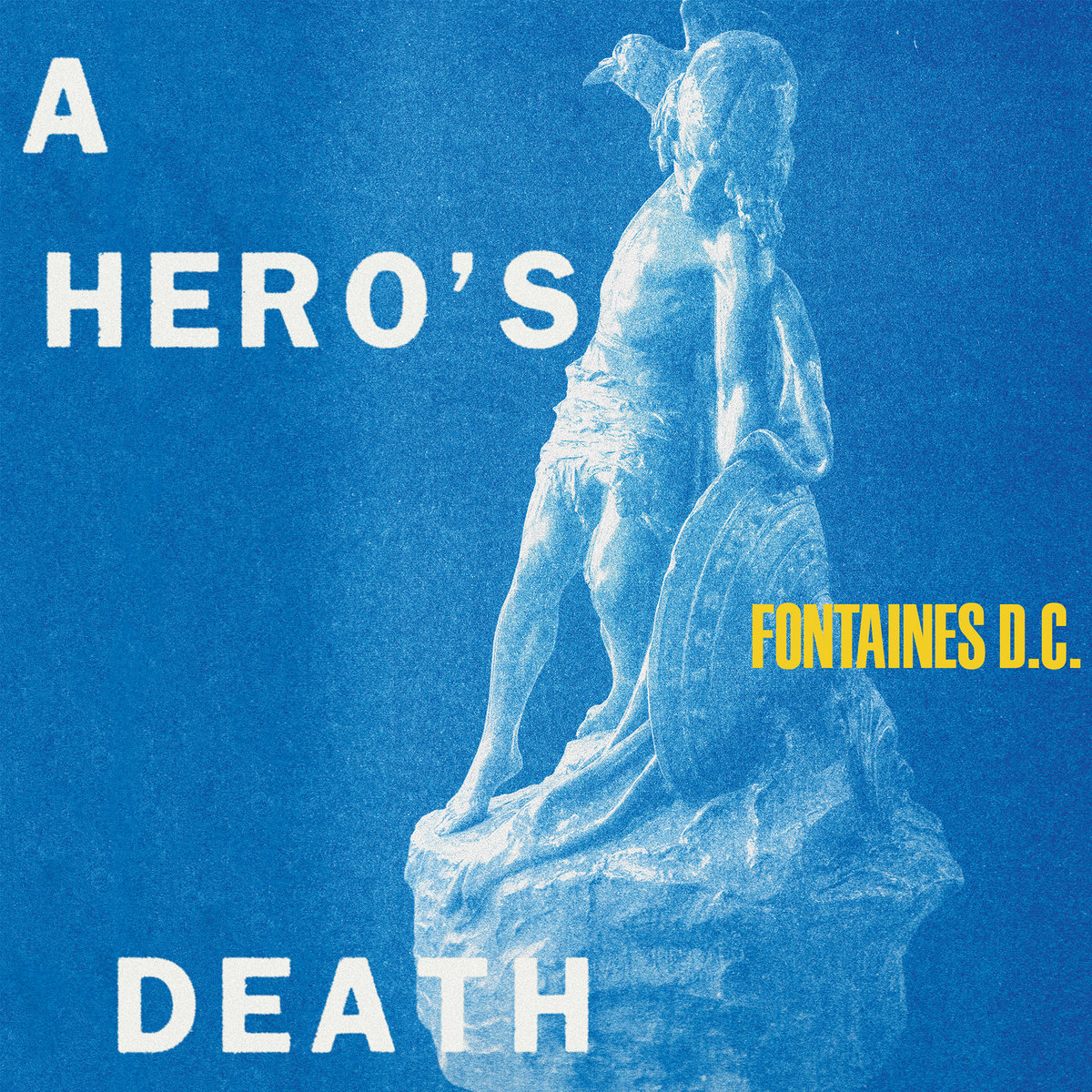
The band pick at every scab they’ve developed during their arduous last twelve months.
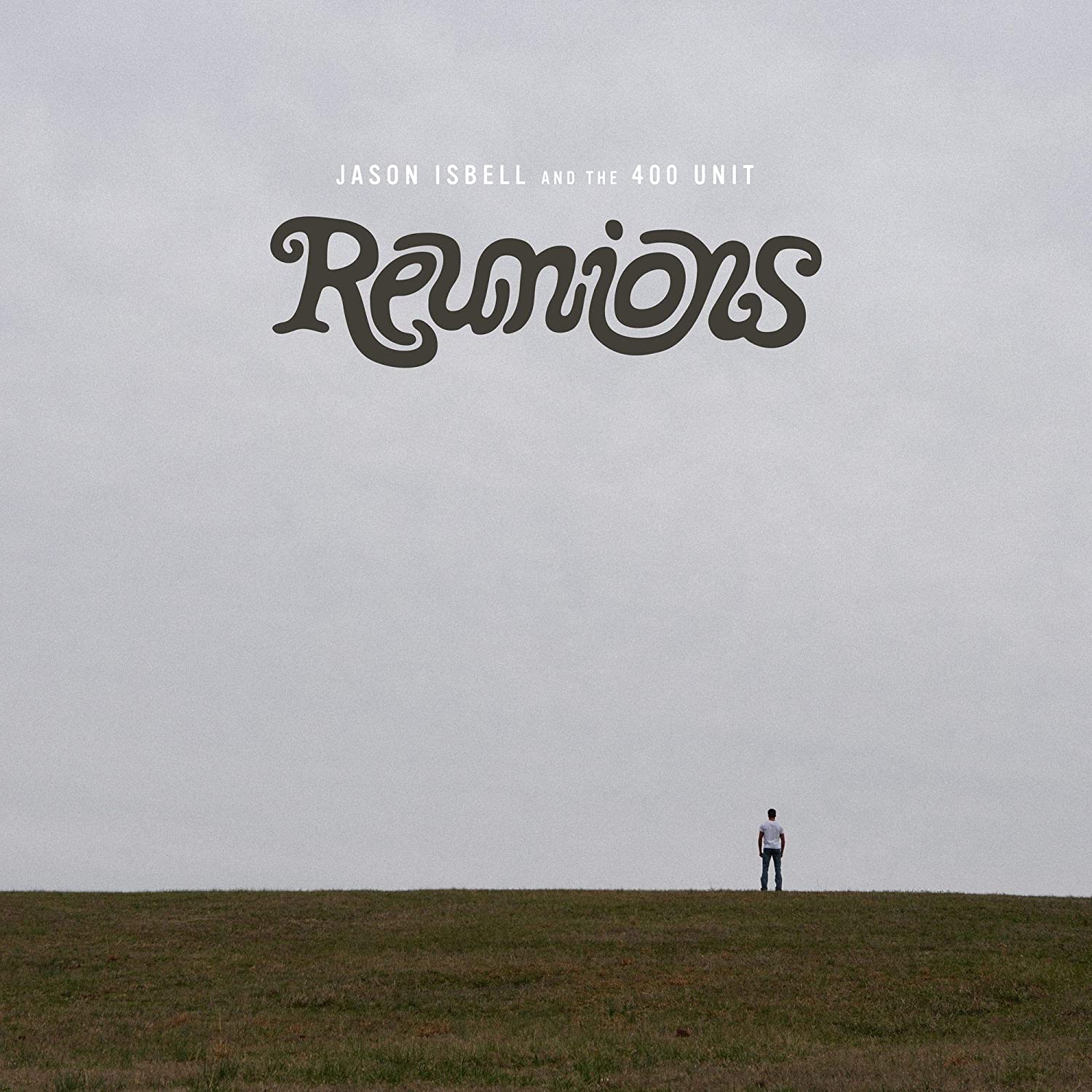
Isbell’s seventh album works best when it exists in the vagaries, where the lines of fact and fiction mix.
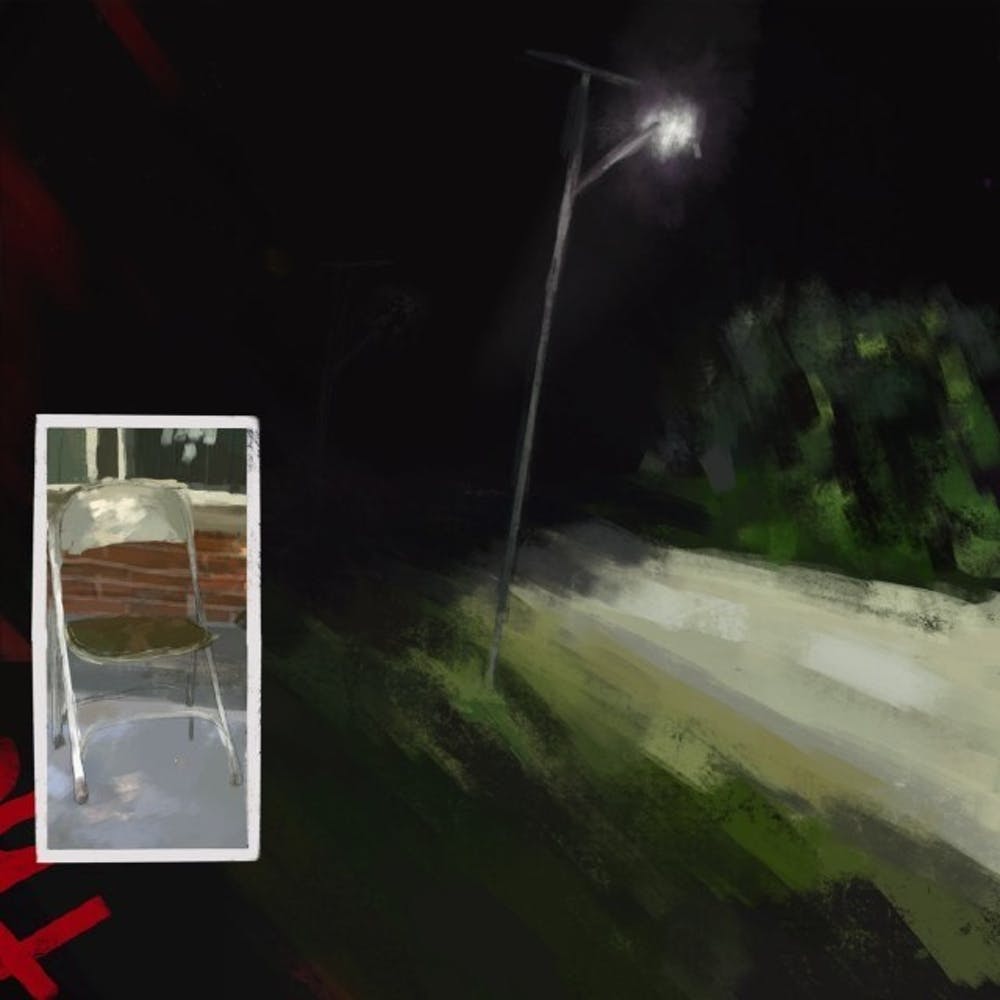
“MaDLO” is full of holes, but wholly unique.
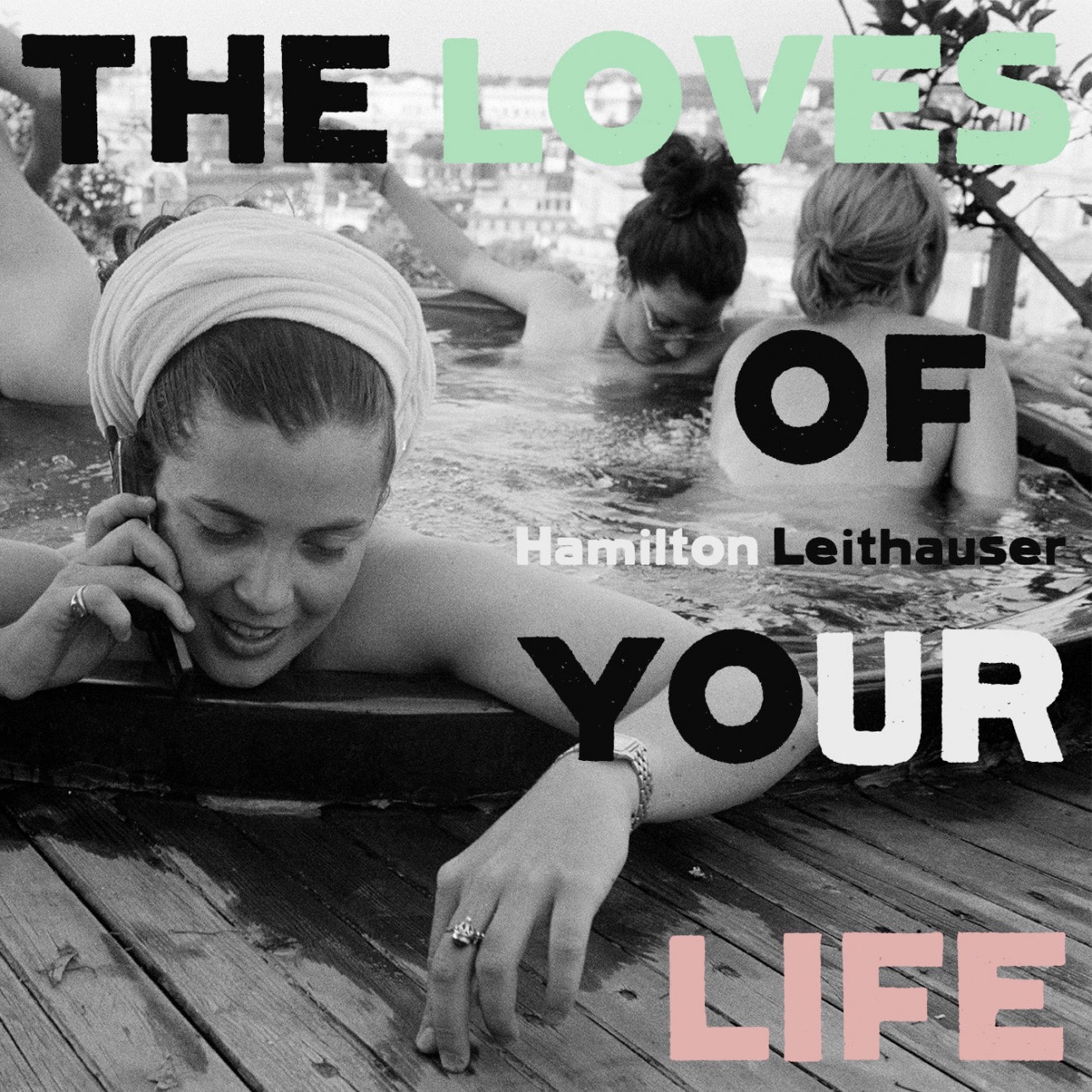
“Loves” sees a veteran artist sauntering along his creative borders with glee.

